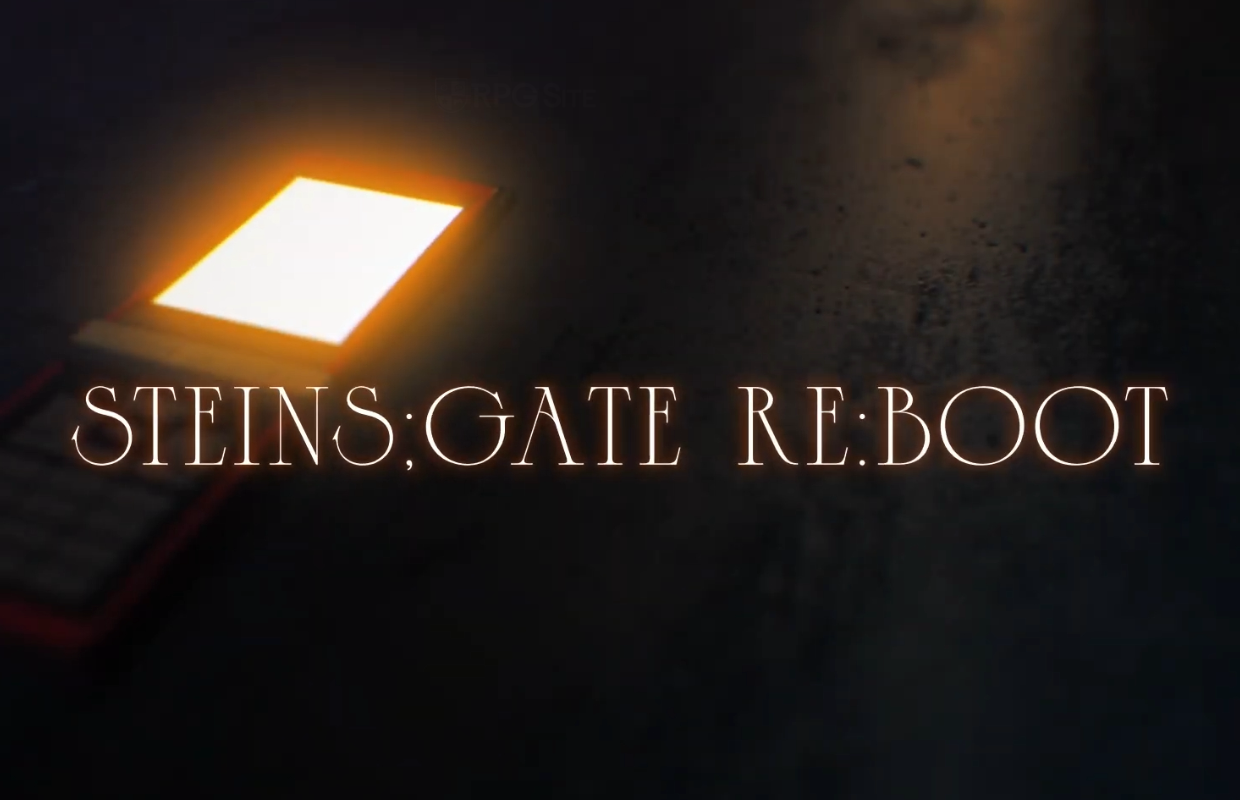Spoilers, of course.
The Empire took someone else before and tried to use them but they resisted, so they were killed?
WTF, the story about Miss Hilin and Hamel was so tragic! And what exactly turned him into a monster? Oh shit I just realized that's why it was going for stones so single-mindedly ahhhh.
Yep, so when Charons 'deteroriate' after Awakening they turn into super strong Filthoids. I'm still confused about the connection between Forsakens and Deterioration. How was Hal a Forsaken?
For the Elsa and Annie case, why didn't we have the option to give Elsa the letter from Annie???
'CRAP' WAS CENSORED WTF even IF this was a children's game
that would not be?!
Also I find it really sad that they want to take Psyche away to die with them, like at least they didn't kidnap her, they gave her a choice to meet them and yeah Henrik hasn't given them the best impression but her own parents left her with him and it's clear he's trying to help these people, did they ever consider she might want to stay with her guardian in her last moments?
I cannot believe they just assume Henrik was some evil villain killing and controlling Deteriorators based on that tiny shred of info Vita learned. This is so stupid. *smh* Hope they don't do something irreversible.
Me in the middle of feeling bad for Psyche as walks through her visions of the past: "...Wait, why do her parents look like the most generic NPCs ever, did they adopt her??"
I hate the Empire SO MUCH. They think they're the good guys but they're actually the lowest scum. :|
Is the crystal as a cure a loose end? I don't know how I feel about Psyche's ending, I thought she'd die, then I thought she'd live but then she died by killing herself right when she came back to herself. With practice or done sooner, could Vita's Resonance hold Deterioration back or take it away completely?
Outsider mentioned someone else who could use 'this kind of power' who brought blood and chaos and was hanged, was that the person Sybille mentioned earlier?
Am I ever going to understand how catching Geniemons works?? Edit: I missed how to switch to a higher food, I kept using the same one. 😅
After a little while of playing the game, it suddenly doesn't want to let me turn fast, it's almost like slow moon, same when I use my mouse and move it around the screen. Sometimes I have to restart the game because it's hard to fight when you can't turn fast.
I feel really bad for all the stags, every time I'm out exploring with a team they go off and kill them all. 😭

















